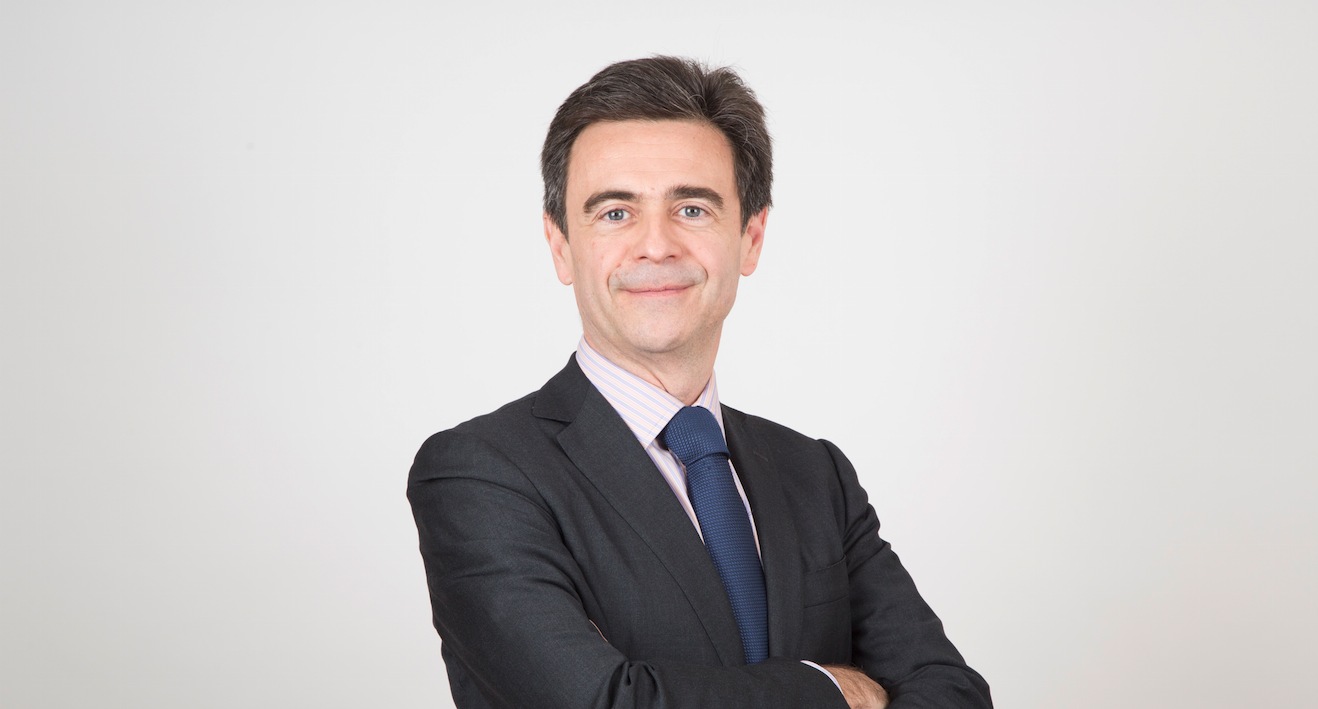Total assets under management (AuM) of the world’s largest 500 managers grew to $93.8 trillion in 2017, representing a rise of 15.6% on the previous year, according to the latest Global 500 research from leading global advisory, broking and solutions company Willis Towers Watson’s Thinking Ahead Institute. In addition, the concentration of assets managed by the 20 largest managers reached the highest level since inception (in 2000) and now account for over 43% of the top 500 managers’ total AuM.
The research shows North America-based managers represent the majority of assets (58.1%), though their share fell slightly in 2017, the first fall since 2008. European managers represent 31.8% of assets managed (the U.K. being 7.4%), Japan 4.8% and the rest of the world 5.2%. Assets in each region grew in 2017. While the majority of assets (77.6%) are managed actively, the share of passive assets has grown from 19.5% to 22.4% in the last five years. In 2017 passive assets grew 25%.
BlackRock remains the largest asset manager in the rankings, a position it has held since 2008; Vanguard and State Street complete the top three for the fourth successive year.
“Once again, total assets have increased; the rate of growth in 2017 is the biggest since 2009,” said Bob Collie, head of Research at the Thinking Ahead Institute. “The names at the top of the ranking are familiar ones. There’s greater concentration in the biggest names. On the surface, the numbers might appear to tell a story of steady growth and stability. But when you look at broader developments within and beyond the industry, there are signs the industry is facing significant change.”
In an indication of future areas of focus, more than four out of five (81%) managers surveyed reported an increase in client interest in sustainable investing, including voting, while nearly three-quarters (74%) increased resources deployed to deal with technology and big data. Nearly two-thirds of firms surveyed had increased the number of product offerings during 2017, while 60% reported an increase in the level of regulatory oversight according to the research.
“It’s not just a focus on technology. There is a confluence of global trends — including demographic, economic, environmental and social pressures — that are combining to create a period of potentially massive disruption for the industry. The implications go well beyond the investment process. These changes affect business models, people models, operating models and distribution models. They will be felt in every corner of the organization.”
“Firms will choose to respond to these challenges in different ways. Successfully responding to these new industry realities may prove to be as much a test of character and culture as it is a test of traditional business and investment skills,” added Collie.



 For Fórmate a Fondo
For Fórmate a Fondo
 For Alicia Miguel Serrano
For Alicia Miguel Serrano